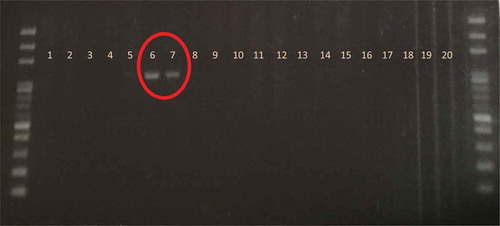Figures & data
Table 1. Detection or lack of detection of Verticillium species isolates by the V. alfalfae-specific RPA assay. The RPA assay detected all V. alfalfae isolates. Note that isolates previously described as V. albo-atrum on alfalfa were found to be V. alfalfae based on species-specific PCR assays developed by Inderbitzin et al. (Citation2013).
Table 2. Forward and reverse primers (with mismatches underlined), and probe used in RPA assay. The assay’s sensitivity decreased without affecting the detection in inoculated alfalfa plants, and the specificity increased.
Fig. 1 (Colour online) The RPA assay did not cross-react with any of the other Verticillium species.
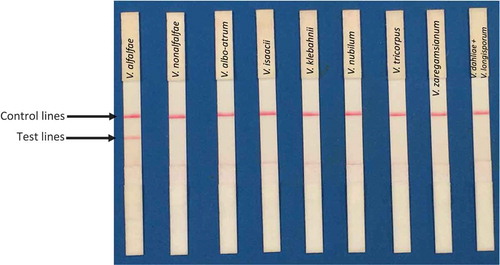
Fig. 2 (Colour online) The RPA assay had a consistent sensitivity of at least 800 fg µL−1 DNA in all tested V. alfalfae isolates.
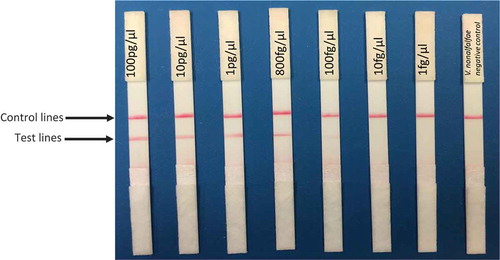
Fig. 3 (Colour online) Verticillium alfalfae standard curve for qPCR demonstrated specificity and sensitivity of the assay. On the x-axis DNA concentrations were logarithmically transformed to obtain a linear graph. On the y-axis, the calculated Ct value is shown. Correlation and reaction efficiency values demonstrate that the reaction is accurate and amplification was not inhibited.
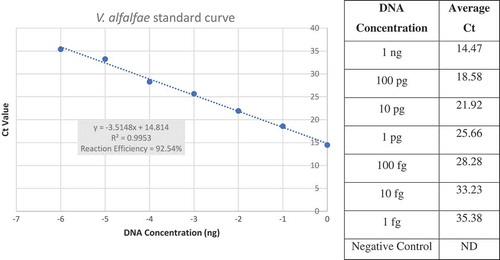
Table 3. Detection of V. alfalfae in highly resistant (HR) and low resistant (LR) alfalfa cultivars that were artificially inoculated using the RPA assay. Confirmation assays were performed using end-point PCR and qPCR.
Fig. 4 (Colour online) The RPA assay detected V. alfalfae in high resistance (55V50) and low resistance (‘La Jolla’) artificially inoculated alfalfa plants.
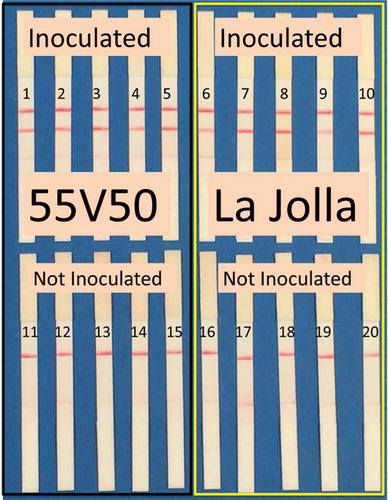
Fig. 5 (Colour online) End-point PCR detected V. alfalfae in only two of the inoculated plants of the low resistance cultivar ‘La Jolla’ (samples 6 and 7) using Inderbitzin et al. (Citation2013) with diagnostic bands with a size of 1060 bp. On the other hand, RPA and qPCR confirmed the presence of V. alfalfae in all inoculated plants. The molecular ladder was AMRESCO 100bp E-Z vision ladder.
